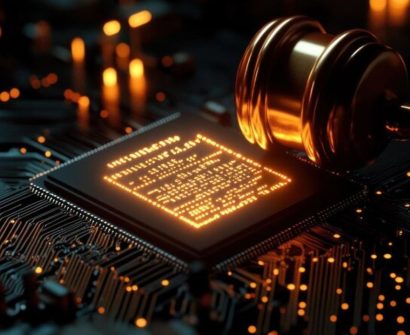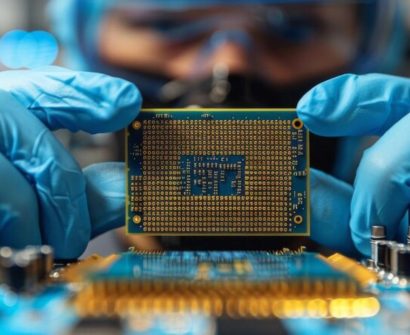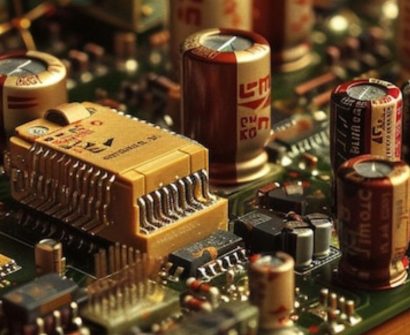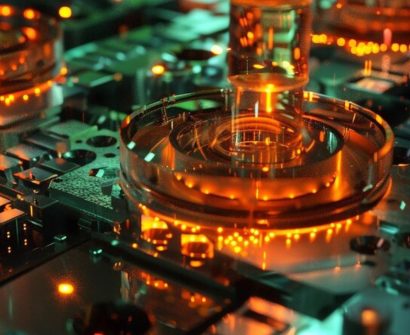Course Structure Breakdown: What to Expect in a VLSI Engineering Program?

VLSI (Very Large Scale Integration) engineering is at the heart of modern semiconductor design and development, enabling the creation of integrated circuits (ICs) that power everything from smartphones to high-performance computing systems. Aspiring engineers looking to excel in the semiconductor industry often enroll in VLSI engineering programs to acquire the technical skills required to design, test, and fabricate these cutting-edge technologies. In this blog post, we will break down the typical course structure of a VLSI engineering program, detailing the modules and subjects you can expect.
1. Introduction to VLSI Design
Every VLSI engineering program begins with a foundational course on VLSI design. This module introduces the basic concepts of digital and analog circuit design. You will learn how transistors work, how they can be combined to create logic gates, and how these gates are integrated into larger circuits to perform complex operations.
Key topics include:
- Digital Logic Design
- Analog Circuits
- CMOS Technology
- Device Physics
2. VLSI Design Flow
The design flow in VLSI outlines the sequence of steps involved in taking a design from concept to reality. Students will explore each phase of the design process, from initial specifications to physical implementation and testing. This module covers the methodologies and tools used to automate design processes, such as Electronic Design Automation (EDA).
Key topics include:
- Front-end and Back-end Design
- Design Automation Tools
- RTL Design
- Synthesis and Timing Analysis
3. ASIC Design
ASIC (Application-Specific Integrated Circuit) design is a specialized area within VLSI. ASICs are custom-built circuits designed for specific applications, such as mobile processors, automotive electronics, or communication systems. In this module, students learn how to design these circuits with a focus on optimization for power, performance, and area.
Key topics include:
- ASIC Design Flow
- RTL to GDSII Conversion
- Power Optimization Techniques
- Design Verification for ASICs
4. FPGA Design
Field-Programmable Gate Arrays (FPGAs) are another critical component of VLSI engineering. Unlike ASICs, FPGAs can be reprogrammed after manufacturing, offering flexibility in circuit design. This module introduces students to FPGA design techniques, where they learn how to map a digital design to an FPGA and validate it.
Key topics include:
- FPGA Architecture
- VHDL/Verilog Programming for FPGA
- Timing Closure in FPGA Designs
- FPGA Prototyping and Validation
5. Physical Design
Physical design is the back-end process in VLSI where engineers take the synthesized RTL code and convert it into a layout ready for fabrication. This module is one of the most challenging and crucial parts of a VLSI course, covering everything from floorplanning to clock tree synthesis (CTS) and routing.
Key topics include:
- Floorplanning and Partitioning
- Placement and Routing
- Clock Tree Synthesis (CTS)
- Layout Design Rules and DRC/LVS
6. VLSI Verification
Verification ensures that the design meets the specifications before fabrication. This module focuses on the testing methodologies used to detect and fix design errors in the early stages, saving both time and cost in the fabrication process.
Key topics include:
- Functional Verification
- Static Timing Analysis (STA)
- Design for Testability (DFT)
- Testbench Creation and Simulation
7. Low-Power VLSI Design
Power consumption is a significant concern in modern chip design, especially in battery-operated devices like smartphones and wearables. This module focuses on techniques for reducing power consumption in VLSI designs without compromising performance.
Key topics include:
- Power-Gating Techniques
- Clock Gating
- Multi-VDD Design
- Dynamic Power Reduction Strategies
8. VLSI Fabrication Techniques
A VLSI design course often includes a module on fabrication techniques, providing students with an understanding of how their designs are turned into physical silicon chips. This module covers semiconductor manufacturing processes and the challenges associated with shrinking transistor sizes.
Key topics include:
- Semiconductor Fabrication Process
- Wafer Processing
- Lithography and Etching
- Packaging and Testing
9. Advanced Topics in VLSI Design
Many VLSI courses offer advanced modules to equip students with the knowledge needed to handle emerging challenges in the industry. These modules may include 3D IC design, FinFETs, or machine learning in chip design.
Key topics include:
- 3D Integrated Circuits (3D ICs)
- FinFETs and Multi-Gate Transistors
- Artificial Intelligence in VLSI Design
- Quantum Computing and VLSI
10. Capstone Project
Most VLSI engineering programs conclude with a capstone project where students apply everything they’ve learned. This project involves designing, verifying, and implementing a complete VLSI system, often in collaboration with industry partners or using real-world tools and scenarios.
Conclusion
A VLSI engineering course provides a robust and detailed learning experience, covering every aspect of IC design and development. By mastering key concepts like physical design, ASIC/FPGA development, verification, and low-power design, students can position themselves as valuable contributors in the semiconductor industry. With technology advancing at a rapid pace, a strong foundation in VLSI will ensure you’re equipped to tackle future challenges and innovations.
Also Read : fpga architecture in vlsi
To know more about VLSI Course , SuccessBridge VLSI training institute. You can begin your VLSI career by enrolling in the placement-assisted live courses available at SuccessBridge We offer various VLSI online courses. We offer VLSI Physical Design course, Design Verification course, DFT Training , Chip design course many more. Explore VLSI Courses From The Leaders In VLSI Training
If you’re ready to dive into the world of semiconductor design, a VLSI engineering course could be your gateway to an exciting and rewarding career.
FAQs:
Q: What tools are used in VLSI design?
A: Common tools include Cadence, Synopsys, and Mentor Graphics for various stages of the VLSI design process.
Q: Can I specialize in specific areas within VLSI?
A: Yes, you can specialize in areas like physical design, verification, or low-power design, depending on your interests and career goals.
Q: What are the career opportunities after completing a VLSI course?
A: Graduates can pursue careers as VLSI design engineers, verification engineers, FPGA developers, or work in related fields like AI chip design.






